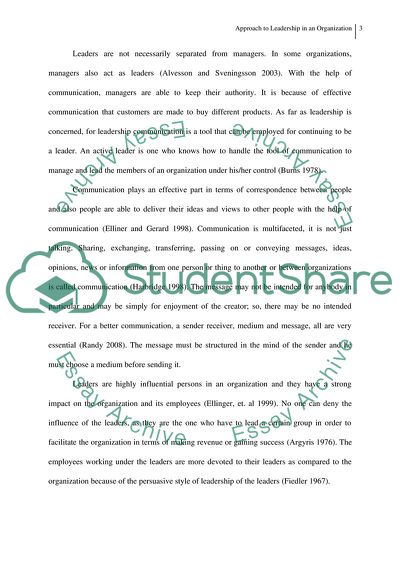Cite this document
(Approach to Leadership in an Organization Term Paper, n.d.)
Approach to Leadership in an Organization Term Paper. Retrieved from https://studentshare.org/human-resources/1719393-strategic-leadership-management
Approach to Leadership in an Organization Term Paper. Retrieved from https://studentshare.org/human-resources/1719393-strategic-leadership-management
(Approach to Leadership in an Organization Term Paper)
Approach to Leadership in an Organization Term Paper. https://studentshare.org/human-resources/1719393-strategic-leadership-management.
Approach to Leadership in an Organization Term Paper. https://studentshare.org/human-resources/1719393-strategic-leadership-management.
“Approach to Leadership in an Organization Term Paper”, n.d. https://studentshare.org/human-resources/1719393-strategic-leadership-management.


